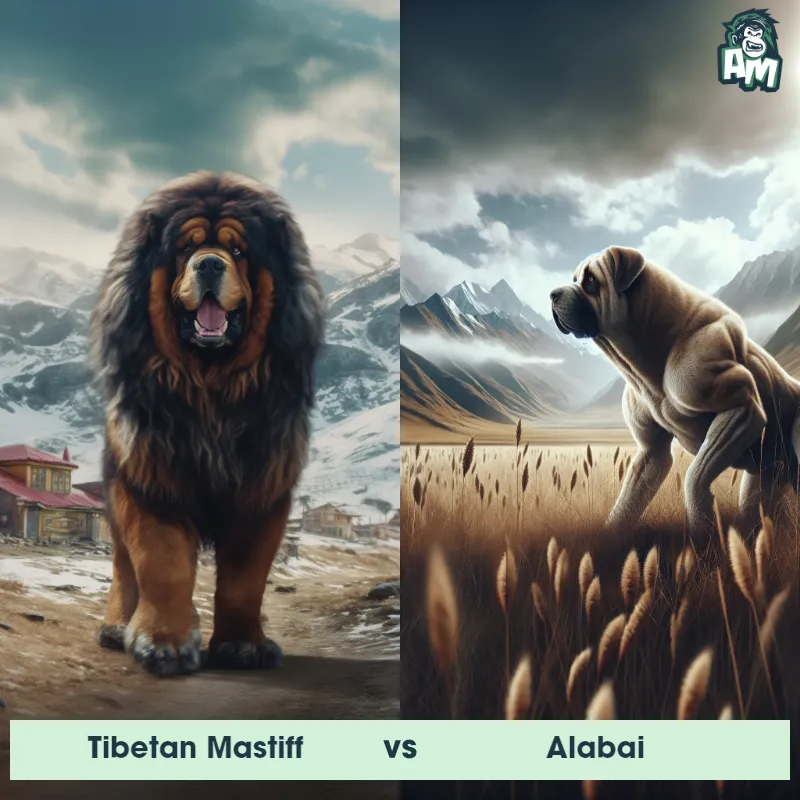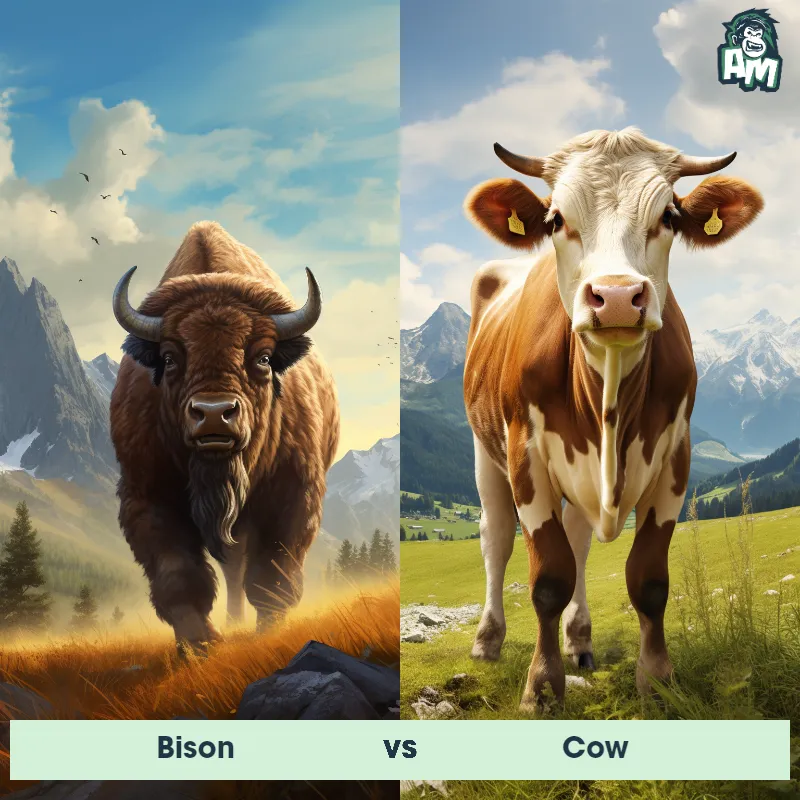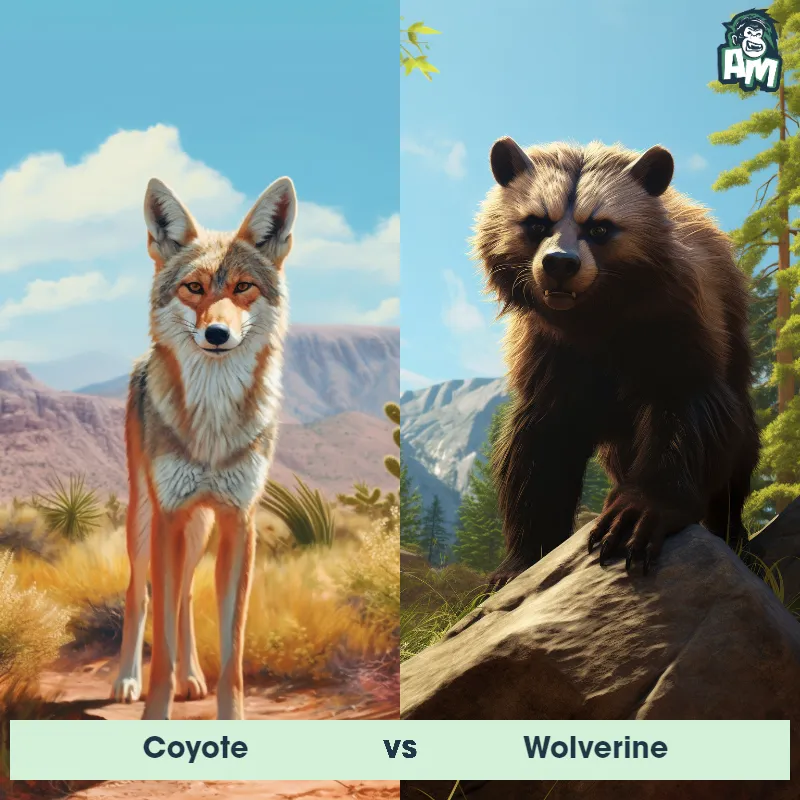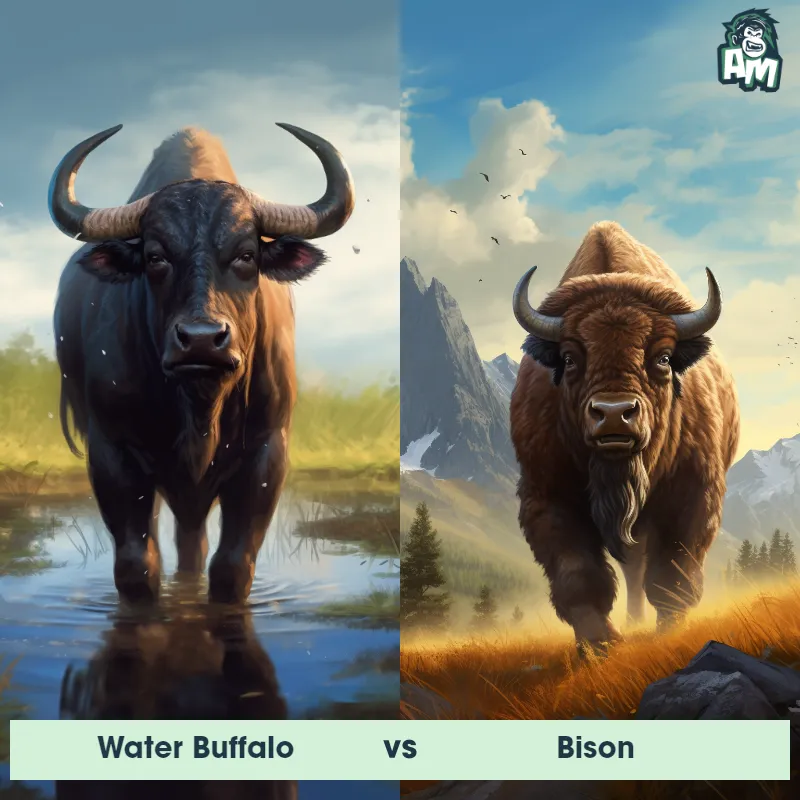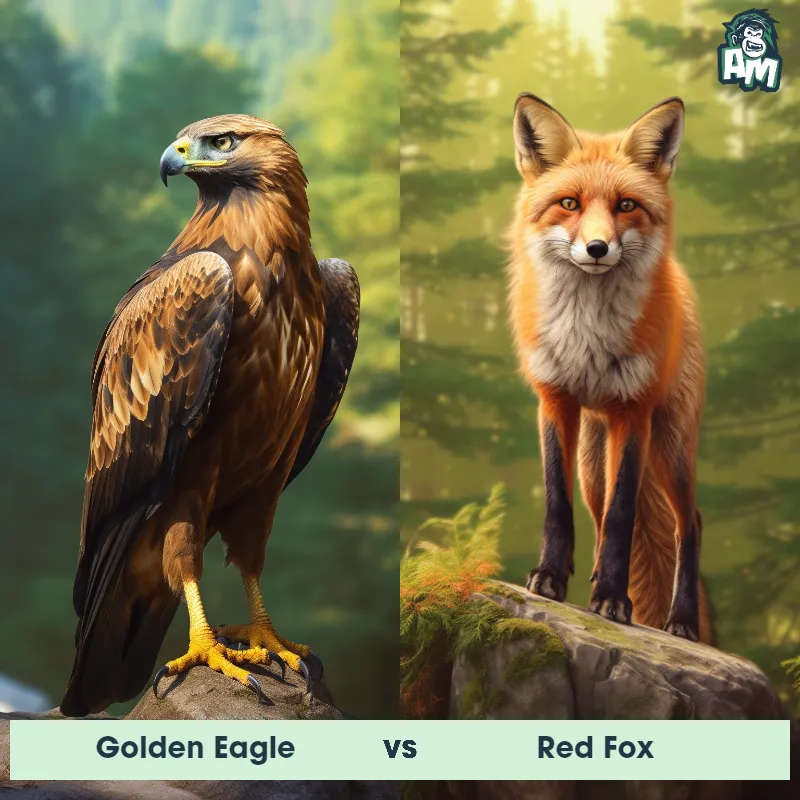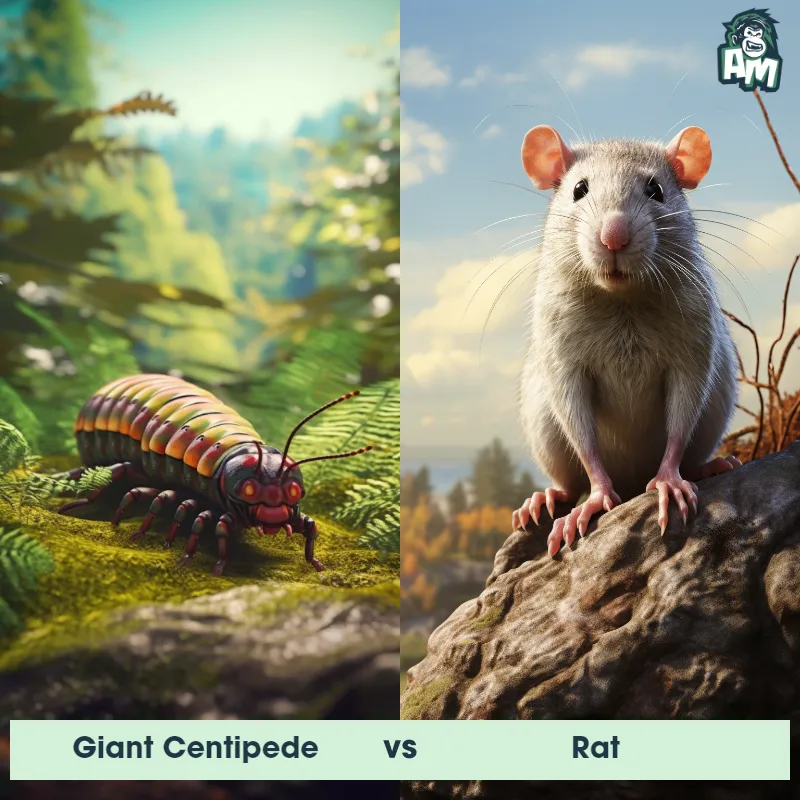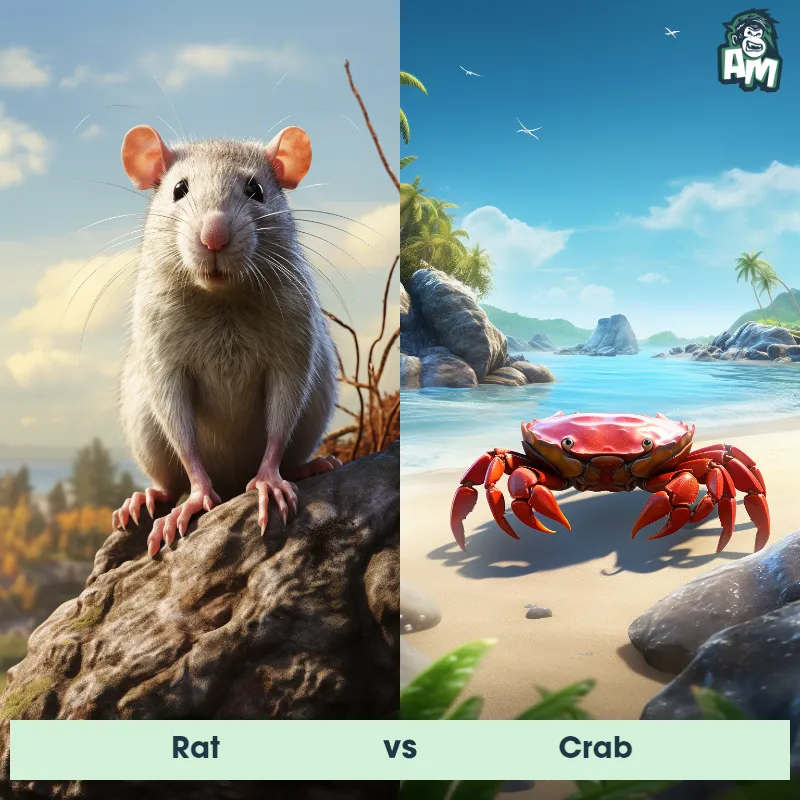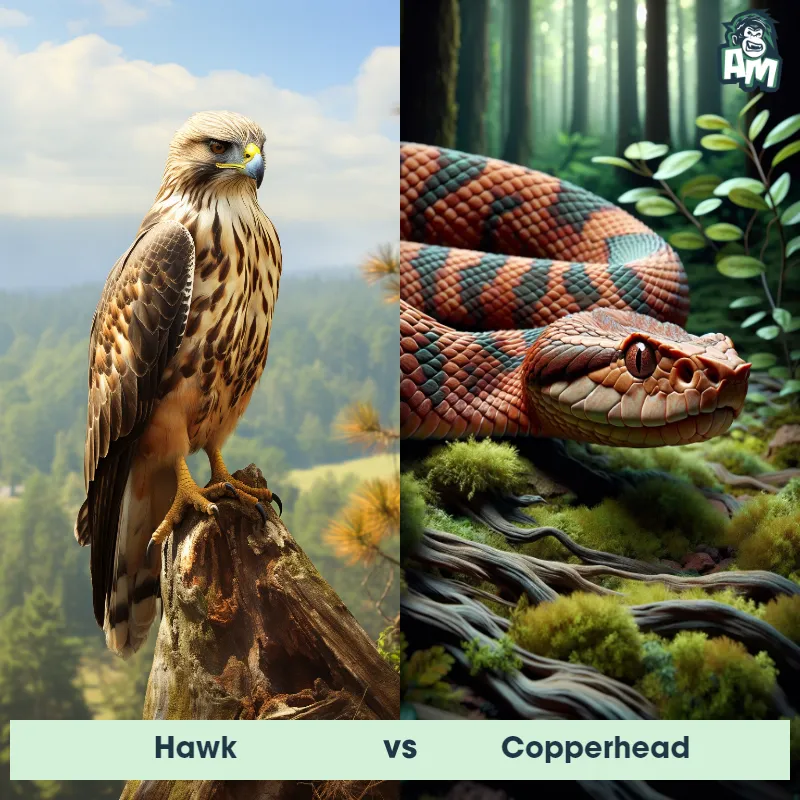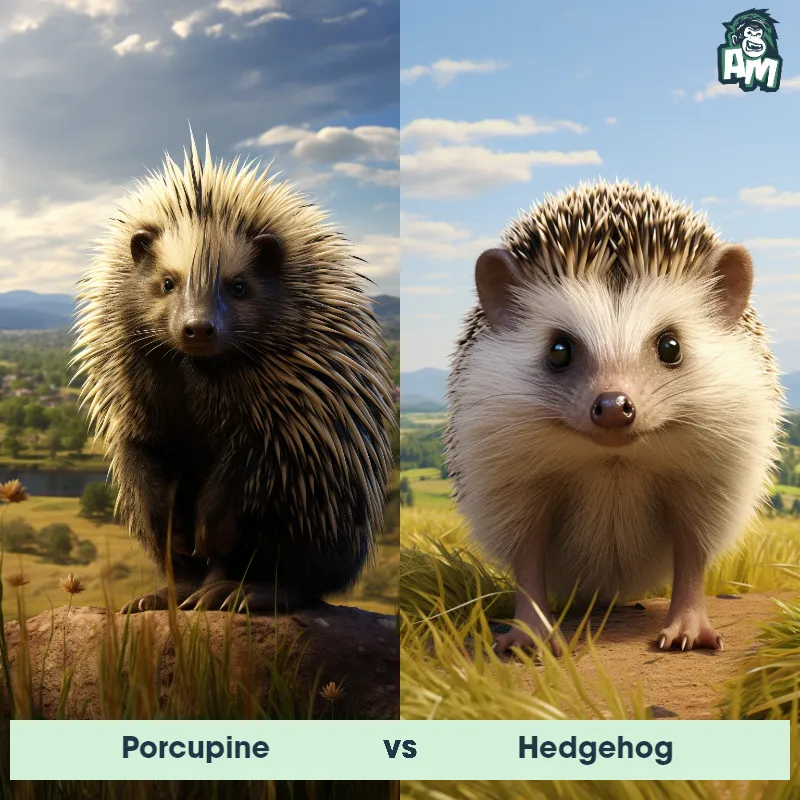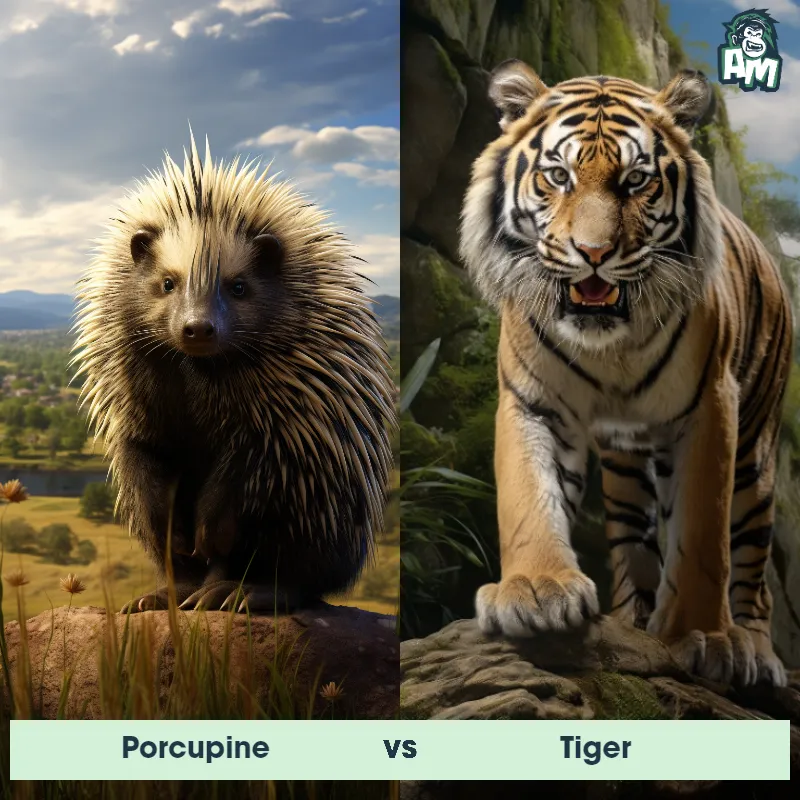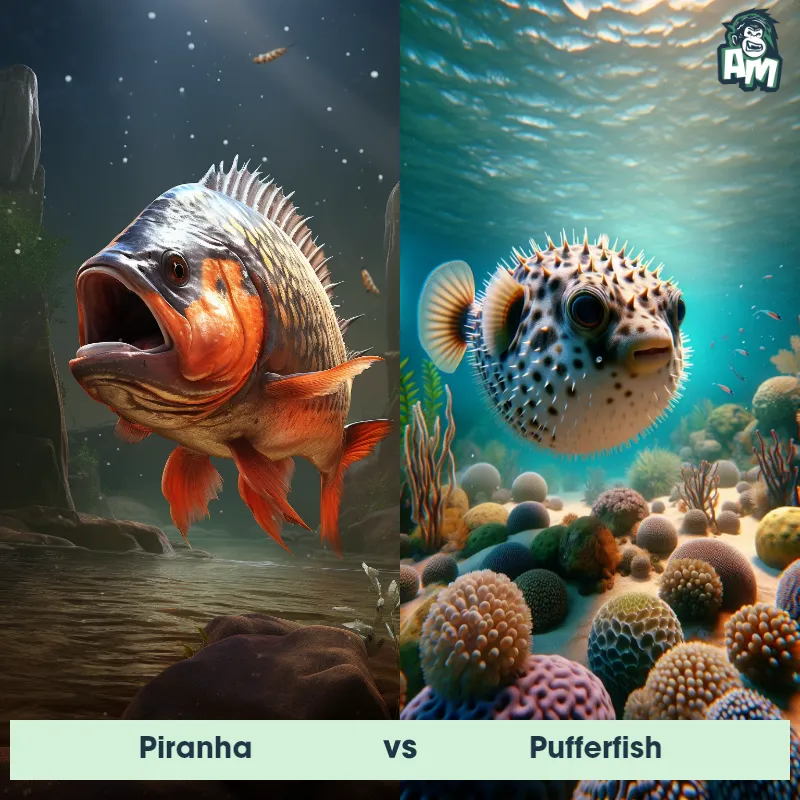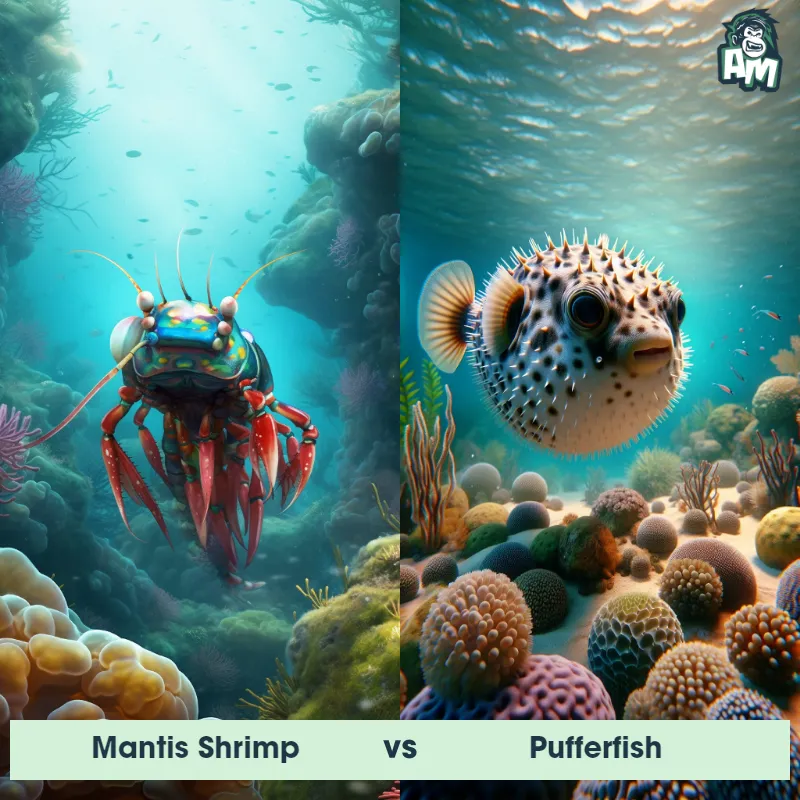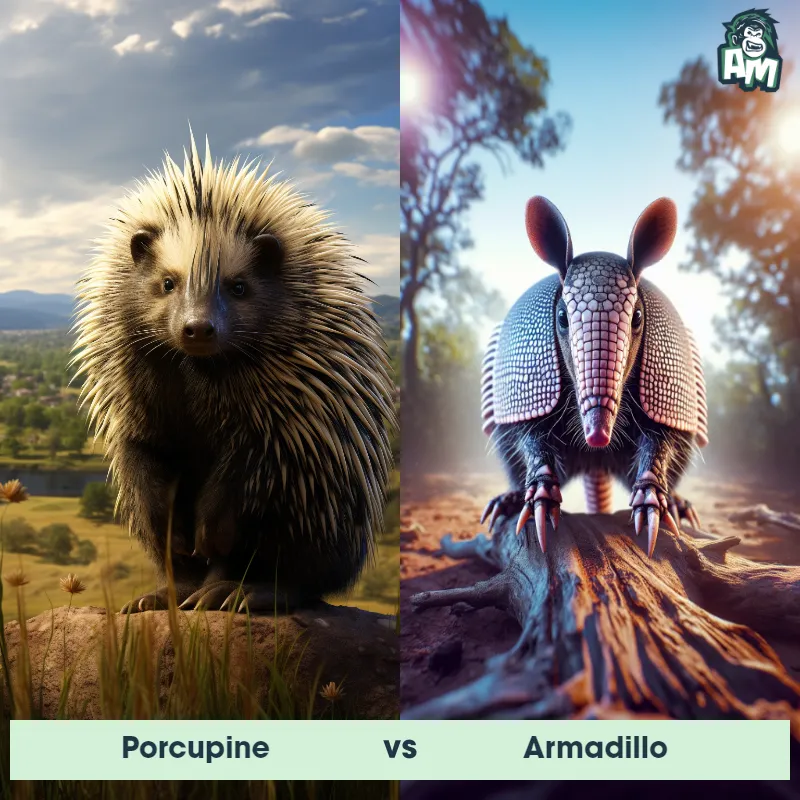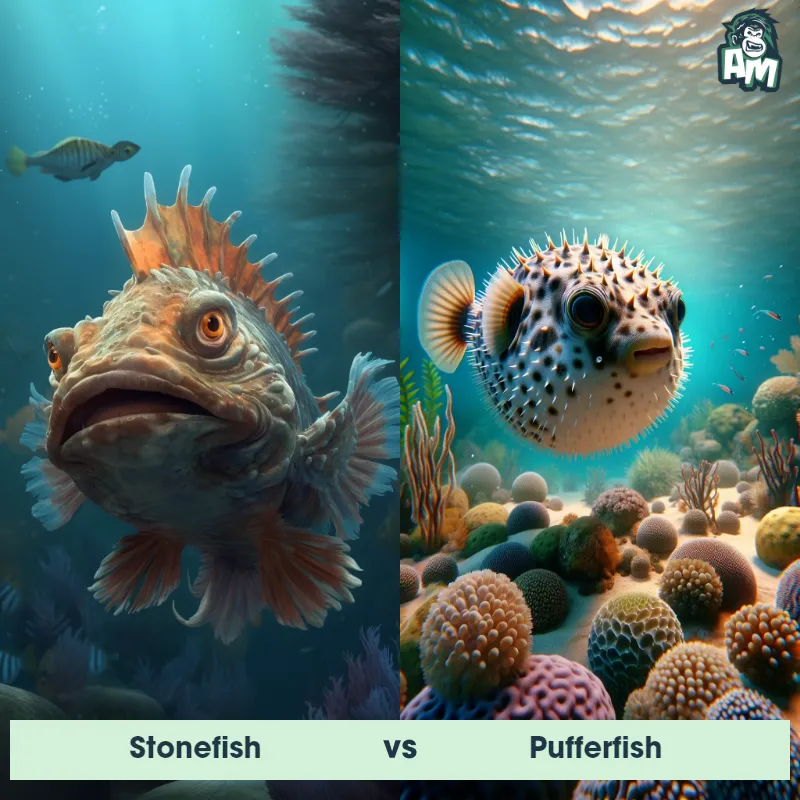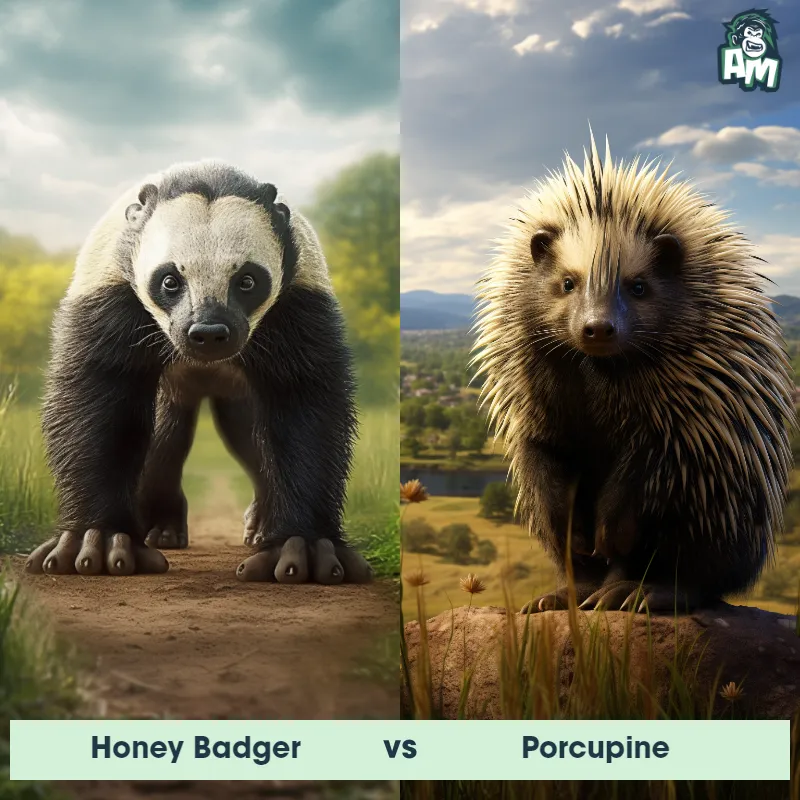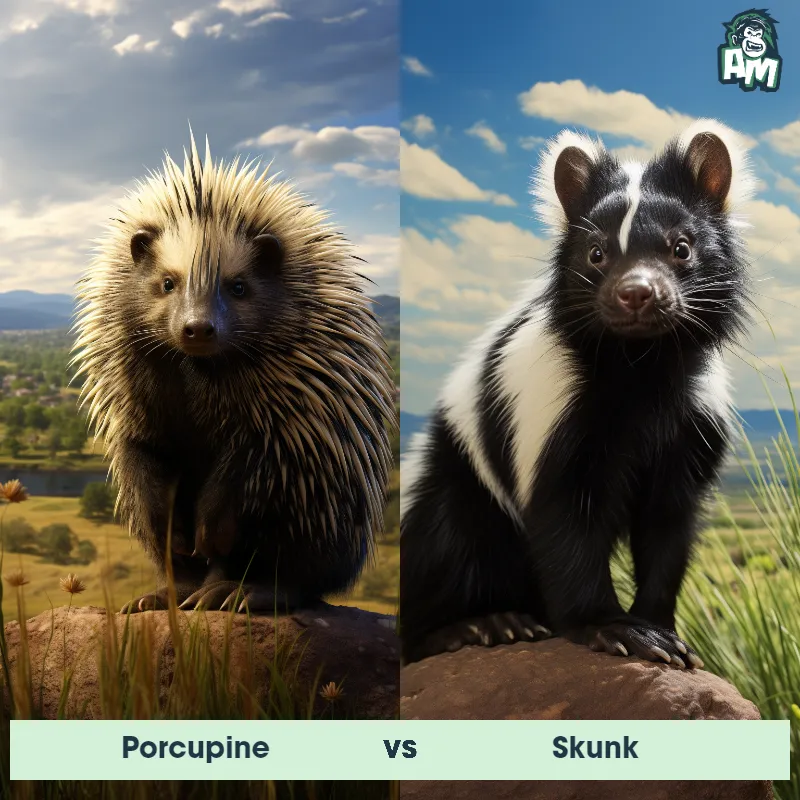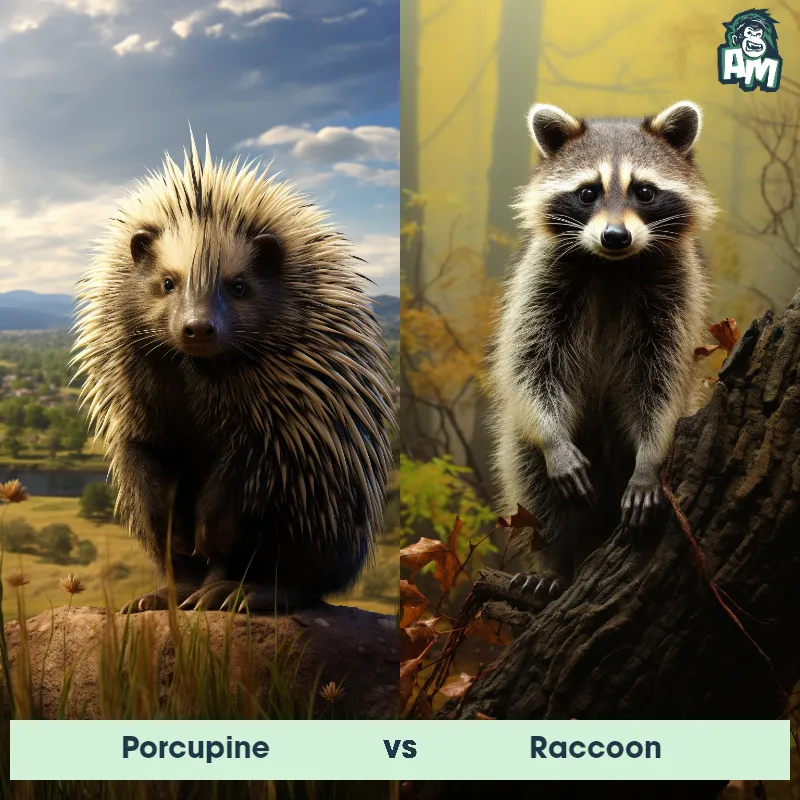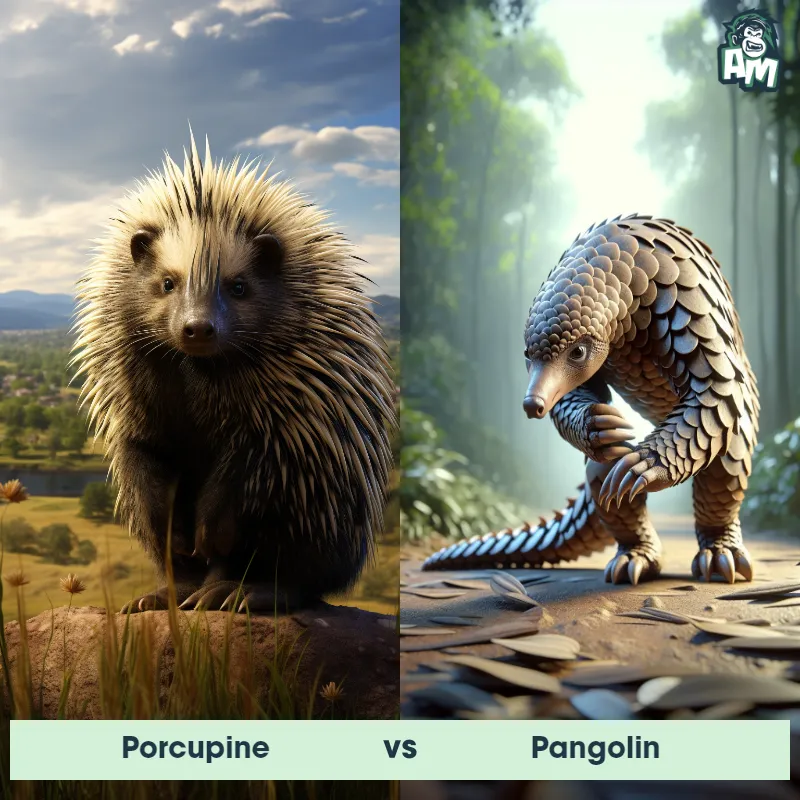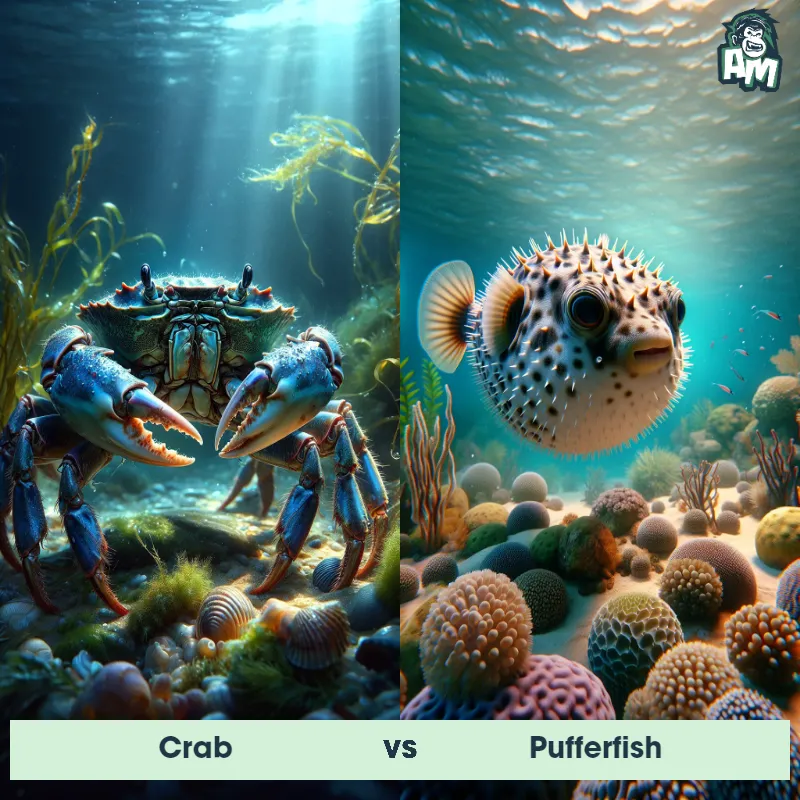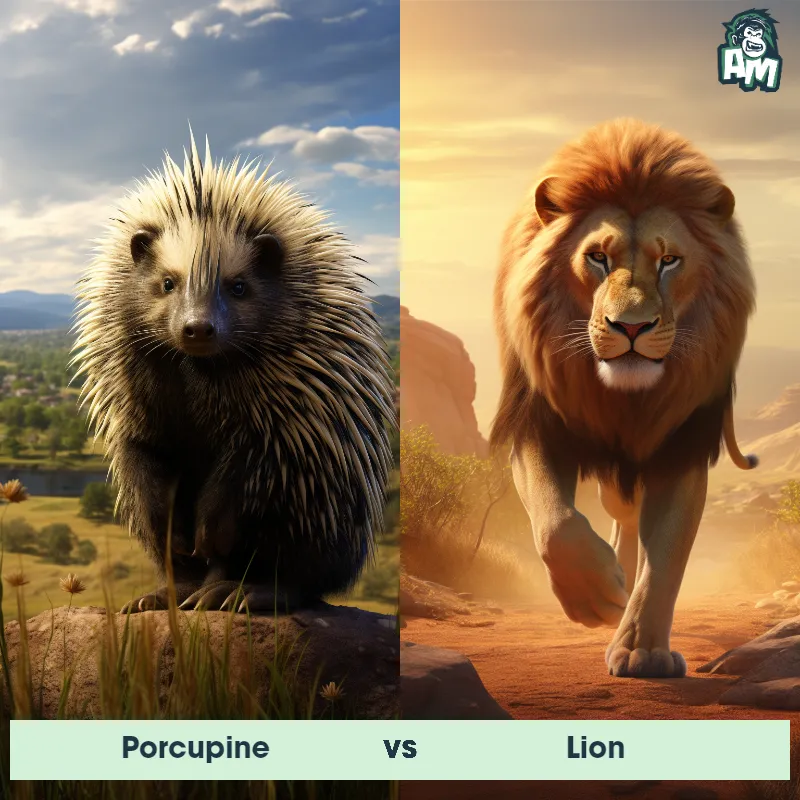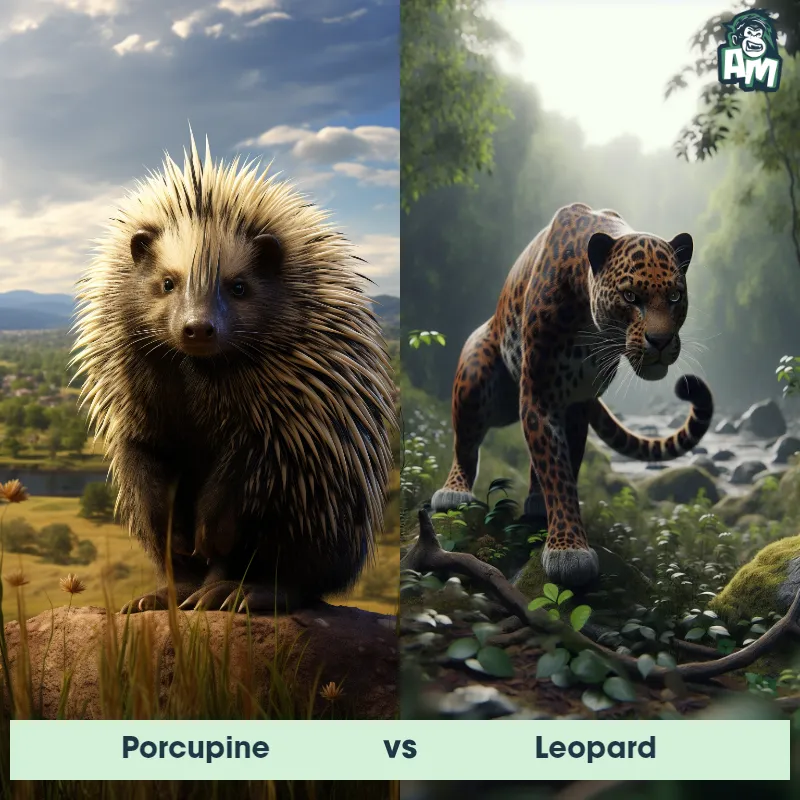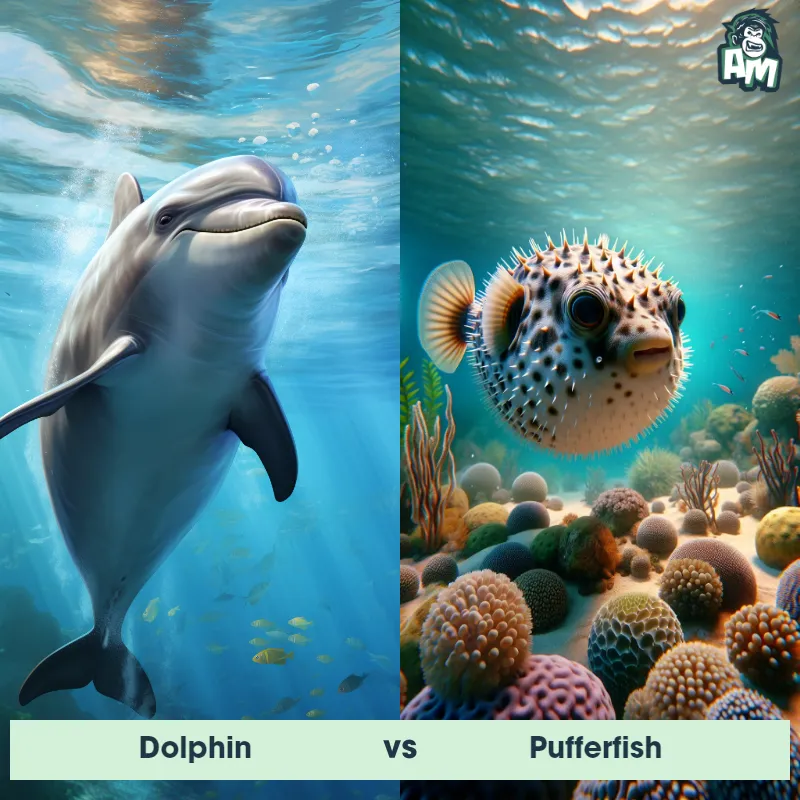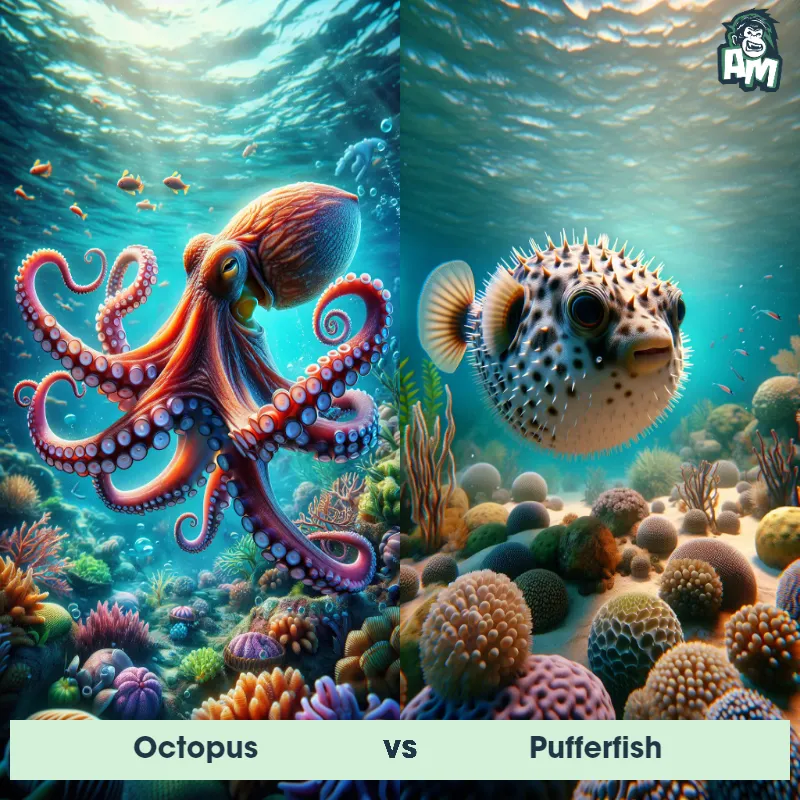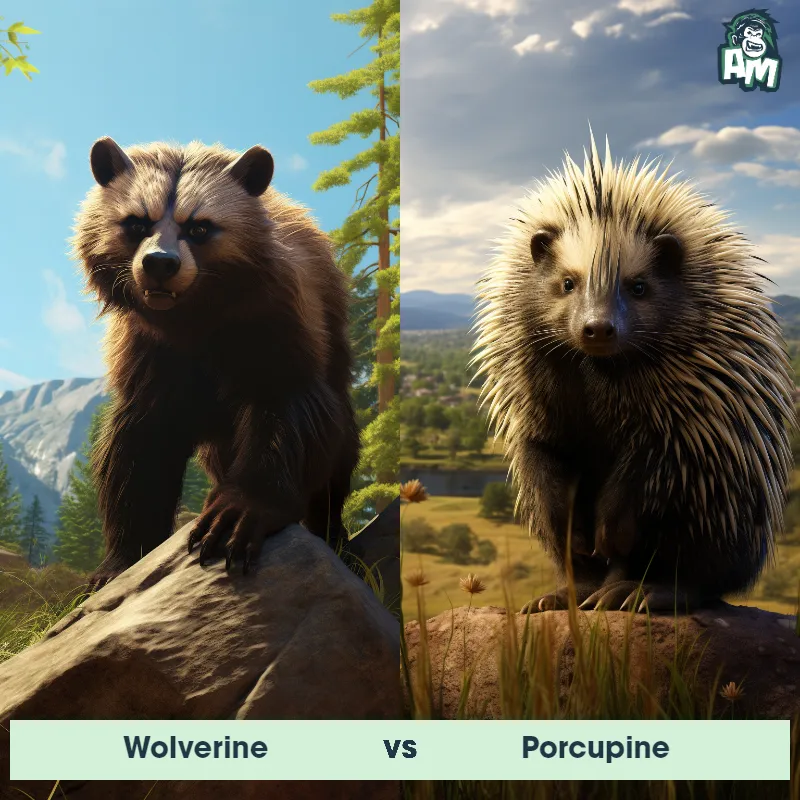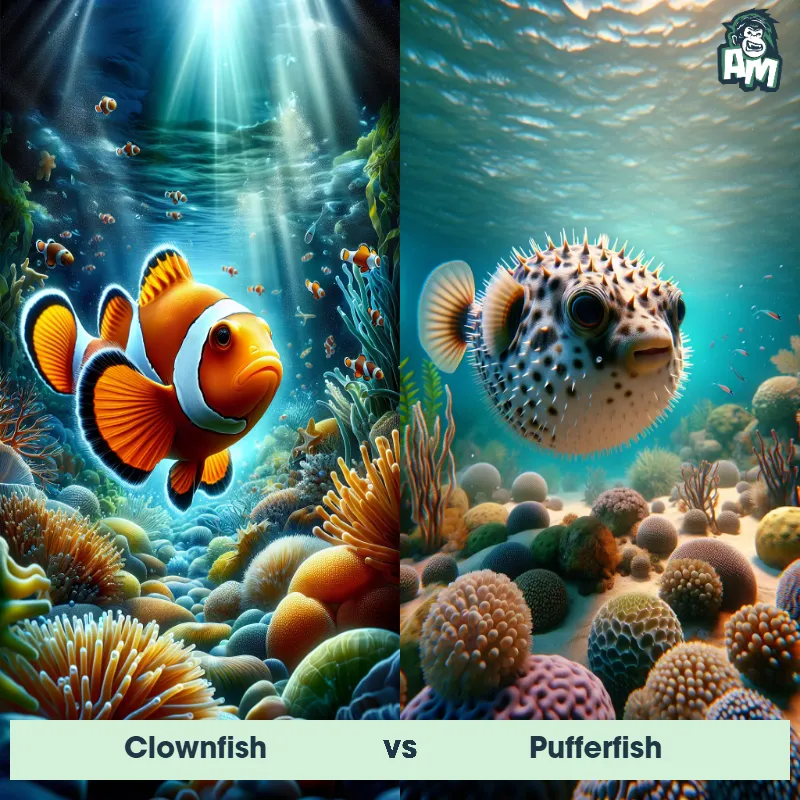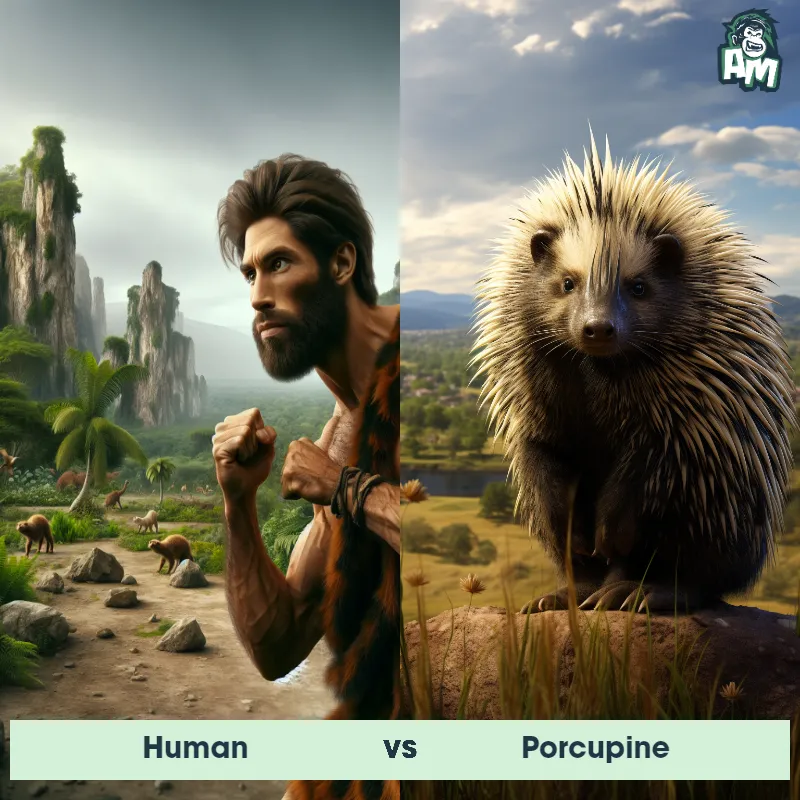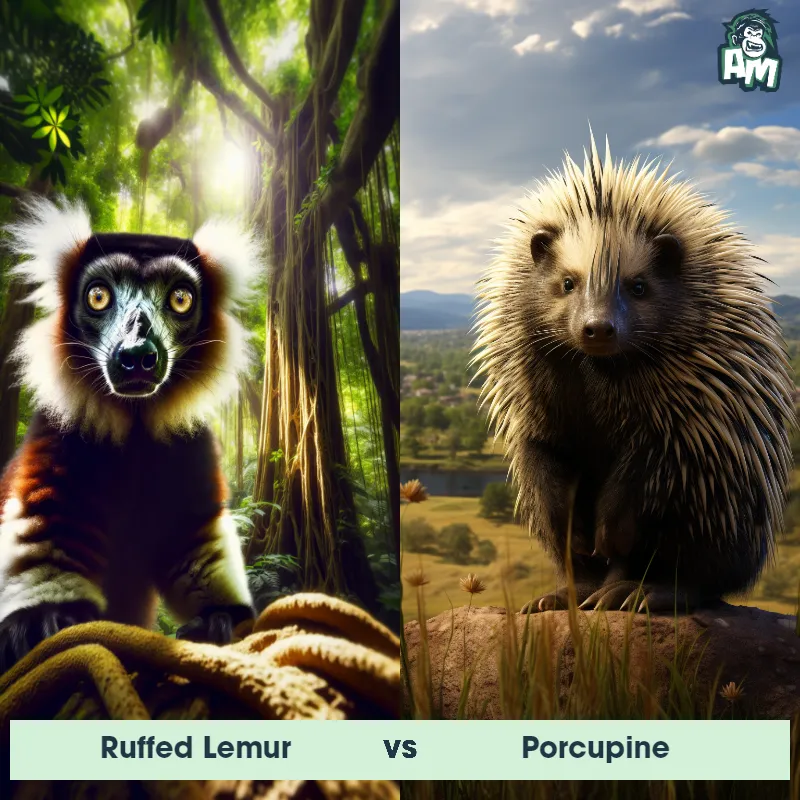Porcupine vs PufferfishSee Who Wins

Ladies and gentlemen, welcome to this epic showdown between two formidable creatures. In one corner, we have the tenacious porcupine, armed with its razor-sharp quills and a fearless attitude. And in the opposite corner, the puffed-up contender, the untouchable pufferfish, equipped with its deadly spines and a lethal defense mechanism. Get ready for an electrifying fight that will leave you on the edge of your seat!
Contender 1: Porcupine
The Porcupine is a unique, large rodent recognized by its coat of sharp spines, or quills, which are used for protection against predators. The most characteristic feature of this mammal is its quills, which can be up to 30 centimeters long and are coated with a layer of keratin making them tough and resistant. These nocturnal creatures vary greatly in size and appearance across different species, ranging from a foot to over two feet in length, excluding the tail. The porcupine is a herbivore, mainly eating leaves, bark, and stems of trees.
Fun Fact: Unlike common belief, Porcupines cannot shoot their quills out at will, rather the quills detach easily when a predator comes into contact with them.
Contender 2: Pufferfish
The Pufferfish, also known as blowfish or fugu, is a unique and intriguing fish species found in various oceans around the world. These small to medium-sized fish are famous for their ability to inflate themselves like a balloon when threatened or stressed. They have a distinct body shape with a round, stocky body, a small tail, and a protruding mouth. Pufferfish are covered in spines and have a rough, scaleless skin. They come in an array of colors and patterns, including yellow, brown, green, and black. Pufferfish are known for their slow and clumsy swimming style, and their average size ranges from a few inches to a couple of feet.
Fun Fact: One interesting fact about Pufferfish is that they have the ability to puff themselves up by ingesting large amounts of water or air, which makes them appear much larger and more threatening to predators.
Matchup Stats
| Porcupine | Pufferfish | |
|---|---|---|
| Size | 25-36 inches (63.5-91.4 cm) | Varies from a few inches to a couple of feet (5-60 cm) |
| Weight | 12-35 lbs (5.4-15.9 kg) | Varies depending on species, can range from a few ounces to several pounds (100g-2kg) |
| Speed | 2mph (3.2km/h) | 1mph (1.6km/h) |
| Key Strength | Sharp quills for protection | Inflation and spines for defense |
| Biggest Weakness | Slow movement | Limited mobility and slow swimming speed |
Current Votes
Porcupine vs Pufferfish
See Who Wins
View More Matches
Looking For More?
Similar Matches
Scientific Stats
| Porcupine | Pufferfish | |
|---|---|---|
| Scientific Name | Erethizon dorsatum | Tetraodontidae |
| Family | Erethizontidae | Tetraodontidae |
| Habitat | Forests, deserts, grasslands | Coastal waters, coral reefs, and estuaries |
| Geography | North and South America, Africa, Europe, and Asia | Found in oceans worldwide, primarily in tropical and subtropical regions |
| Diet | Leaves, bark, and stems of trees | Mostly herbivorous, but some species also eat small invertebrates and crustaceans |
| Lifespan | 5 years - 10 years | 3 years - 5 years |
Key Differences between Porcupine and Pufferfish
- Environment: Porcupines rely on their quills and sharp teeth for defense and consume a diet mainly composed of plants, while pufferfish have toxic organs that contain tetrodotoxin for protection and feed on small marine organisms like algae, crustaceans, and mollusks.
- Shape: Porcupines have a stout and bulky body covered in sharp quills that can reach up to 12 inches in length, whereas pufferfish have a rounded and inflatable body that can expand to almost double their size.
- Coloration: Porcupines generally have a mix of black, brown, and white quills, providing effective camouflage, whereas pufferfish display a more vibrant and often patterned coloration, consisting of bright hues like yellow, orange, and occasionally blue.
- Habitat: Porcupines are terrestrial mammals found in various habitats such as forests, grasslands, and deserts, while pufferfish are exclusively aquatic creatures inhabiting coral reefs, estuaries, and other marine environments.
- Size: Porcupines are typically much larger than pufferfish, with adults ranging from 25 to 36 inches in length, while pufferfish usually measure between 3 to 14 inches in length.
- Spines: Porcupines possess sharp quills made of keratin that cover their entire body for defense, while pufferfish have soft spines that lay flat against their skin until they inflate, at which point they become rigid and needle-like.





